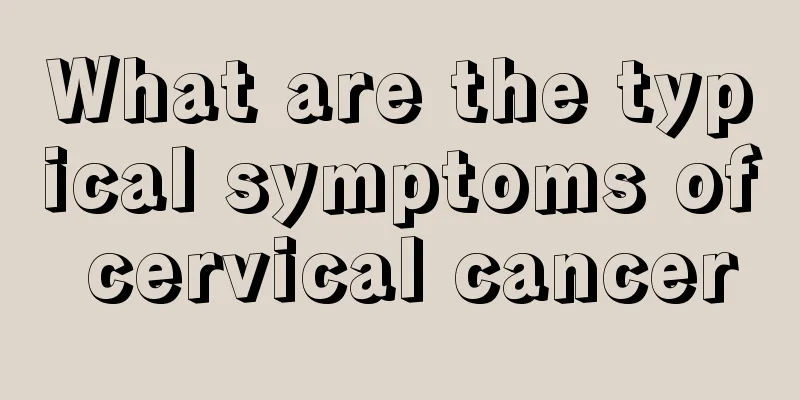Medical history collection for breast cancer

|
Breast cancer history collection: 1. History of present illness ① When and how the breast lump was discovered, how fast it grew, whether it was accompanied by pain and whether it had a regular relationship with the menstrual cycle, whether it had ever shrunk significantly, and whether it occurred during pregnancy or breastfeeding. ② Whether there is discharge or erosion from the nipple, and what is the nature of the discharge. ③ What kind of examination or treatment has been done on the breast and what were the results. If a biopsy was done, the date, method, pathological diagnosis, and whether estrogen and progesterone were measured should be known. If radiotherapy or chemotherapy was done, the course of treatment and the effect should be recorded. ④ You must also pay attention to whether there is enlarged lymph nodes in the armpits and whether it develops. 2. Past medical history ①Whether the breast development is normal since childhood, whether the size of the breasts and the height of the nipples are symmetrical over the years. Whether the nipples or skin have ever been inverted. If there are these abnormalities, it is necessary to distinguish whether they are congenital or caused by recent diseases. ②Has the breast ever been injured? Is there a history of inflammation or tumor? What symptoms or signs were there at the time? What treatment measures were taken and what were the results? ③Whether married and age at marriage. ④ Have you ever suffered from functional diseases of the uterus or adrenal glands? Due to endocrine relationship, if there are abnormalities in these two organs, the risk of breast tumors increases. 3. Menstrual and marital history ① Age of menarche, menstrual status, age of amenorrhea and associated symptoms. ② What changes occur in the breasts during the menstrual cycle? Is there any pain? ③Whether the mother has ever given birth, age of first full-term birth, number of babies born in total, and whether the mother has breastfed (unilateral or bilateral and for how long). 4. Family history of cancer ①Whether there are breast cancer patients in the family (father, mother, age of cancer, unilateral or bilateral). ②Whether there are other patients with malignant tumors in the direct family. |
<<: Psychological problems of breast cancer patients at different stages
>>: Self-diagnosis method for breast cancer
Recommend
Will the tattoo become deformed if you gain weight?
Some people prefer tattoos. Tattoos are a way to ...
How long to boil black tea
Chinese tea ceremony is very famous in the world....
Can the presence of gallbladder cancer be confirmed by testing carcinoembryonic antigen?
Can carcinoembryonic antigen detect gallbladder c...
Which fruit is better to eat before or after a meal?
Diet has always been an issue of concern to us. T...
Is it easy to extract tooth roots?
Whether adults or children, they will encounter d...
The disadvantages of cutting ears and bleeding
There are many people who engage in massage and a...
Where is the best place for moxibustion for rheumatism
Rheumatism is a disease that has a particularly h...
Which sun umbrella is good at protecting against UV rays?
Ultraviolet rays are particularly strong in the h...
At what size do adenoids begin to shrink
Adenoids are a part of the tonsils in our body. S...
Is breast cancer contagious?
Breast cancer and breast tumors are not transmitt...
Language training methods for autism
The appearance of children with autism has put ma...
Moxibustion treatment method for osteosarcoma
As we all know, osteosarcoma is difficult to cure...
What is the difference between non-invasive and Down syndrome screening?
Non-invasive and Down syndrome screening are two ...
What is the reason for anal fever
The anus (commonly known as the buttocks) is an o...
Is fungal pneumonia contagious?
We who are strong and healthy now will gradually ...









